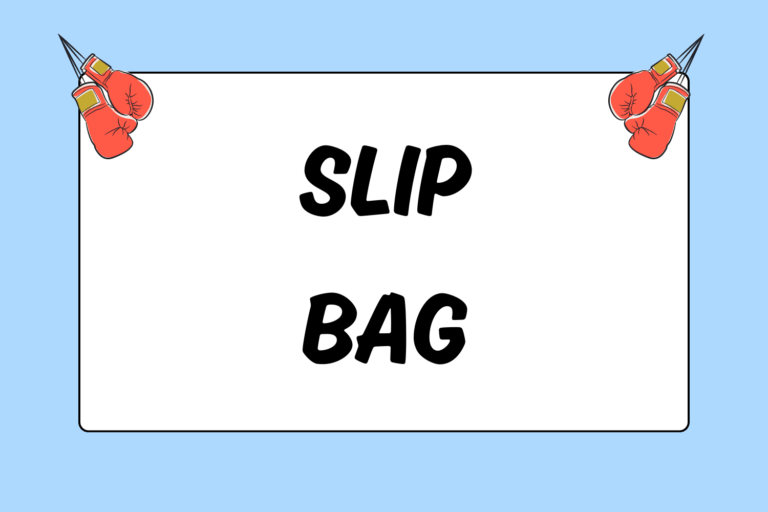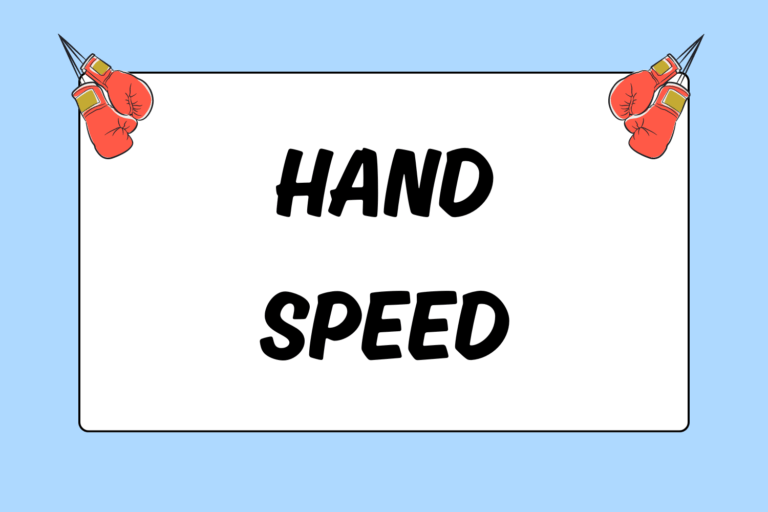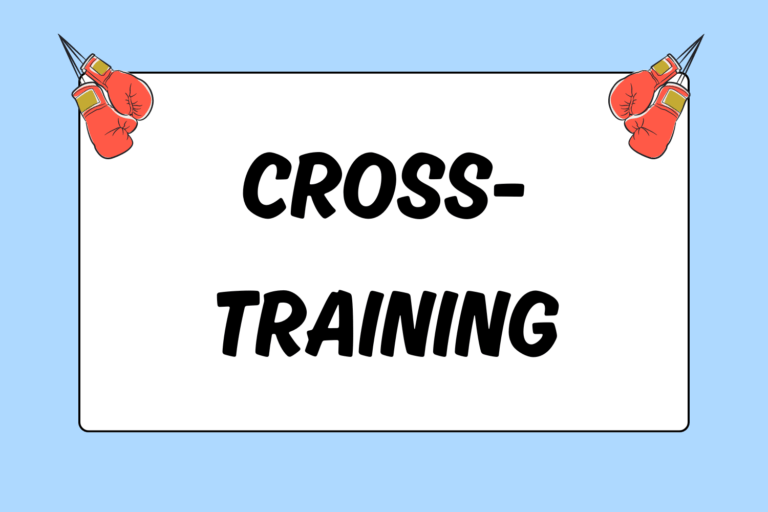The heavy bag is one of the most recognizable and fundamental pieces of boxing equipment. However, few people know how to utilize the bag in order to improve. When used appropriately, the heavy bag has the ability to increase hand speed and power, total body movement, and overall endurance. The heavy bag should be treated as if it were a person, not a bag filled with sand and covered by cloth. Treating the bag like an opponent is the first step in intensifying a workout.
This guide will teach you how to use the most sport-specific training tool, the heavy bag, in order to become a more effective overall boxer.
Before You Begin
Prior to hitting the heavy bag, you should complete a few simple tasks:
- Wrap your hands
- Put on gloves
- Insert mouthpiece
- Determine a comfortable and effective range
- Push the bag
- Move forward and backward
- Circle the bag
Hand wraps and gloves help protect the hands and wrists from injury. You may find it difficult to breathe while wearing a mouthpiece. You can practice breathing correctly, though, by wearing a mouthpiece as you work the bag.
The bag is a great tool to use in order to practice your range. If you are able to maintain a desired range against an opponent, you will give yourself a much better opportunity to be successful. For straight punches, you should be slightly farther back from the bag than the length of your jab. This distance compensates for the step forward made when you throw straight punches. Some punches, such as the hook, call for a much closer distance.
Speed and Power
If you ask most boxers what two attributes they yearn to acquire the most, the answer will be speed and power. Many boxers believe that the speed bag is the only way to quicken the hands. This is definitely a false rumor. The heavy bag serves as a great substitute for an opponent, so using hand speed on the bag will simulate a bout more effectively.
The1-2 combination is the best starting point when searching for speed. Throw a simple 1-2-1-2 combination as quickly as possible while still using proper form. The one represents the jab. The two represents the cross. Refer to the applicable guides, Basic Boxing Punches: The Jab and Basic Boxing Punches: The Cross, if you have questions. Continue to throw this simple combination while circling the bag. Begin to mix in other punches, like the hook and uppercut, while still keeping speed as the main goal. Another option is to throw as many punches as you can in a specified amount of time, rest, then do it again. This is a form of interval training.
Most power shots, save the cross, are thrown at an extremely close range from the opponent. For this reason, stay close to the bag while throwing hooks and uppercuts to the “body” and “head” of the bag. Move your head from side to side while strategically placing shots on the bag with maximum force. Power shots can also be thrown within timed intervals.
Movement
Movement of the head and feet are among the most important skills required of “serious” boxers. Movement protects you from incoming punches and enables you to set up your own punches on an opponent. Unfortunately, most boxers do not move adequately while working the heavy bag.
Footwork is extremely important in boxing. Pushing the bag and moving forward, backward, and side-to-side is a tremendous way to begin a heavy-bag workout. Moving this way enables you to establish proper distance and understand the speed of the bag; much like you would do when fighting an opponent.
Circling and pivoting also are requirements. Begin by circling one way while throwing jabs. After several revolutions, move the other way and throw jabs. After some practice, you should be able to incorporate combinations into your circling routine. In addition to circling, skilled boxers are able to throw combinations followed by sharp pivots. Pivoting requires you to plant firmly on the ball of your front foot and lift and shift your back foot to either side. When you pivot before your opponent can react, you will be at a different angle that offers new looks and openings.
After throwing combinations on the bag, be sure to move out of the way by slipping or stepping back. The easiest thing to do when feeling fatigued is to discontinue your head and foot movement. If you were to do this in competition, you would be toast! Keep your hands held high and try to envision an opponent firing back after your combinations.
Conditioning
Interval training was mentioned in the “Power and Speed” section above. Without a doubt, this is the best way to improve conditioning while working the bag. Throw punches for a set duration, 30 seconds for example, then take a brief rest before doing it again. Interval training is demanding and requires physical and mental toughness. This type of training parallels the anaerobic requirements of an actual fight. An anaerobic exercise is one in which oxygen is used up more quickly than the body is able to replenish it. The body must then derive energy from other sources to compensate for the lack of oxygen.
Another approach to conditioning is to “spar” the bag for a number of rounds. Treating the bag as a person makes you work much harder. By incorporating footwork, head movement, and punch combinations, you replicate the rhythm of an actual fight. This requires much more effort than simply throwing a few punches on the bag.
Don’t Cheat Yourself!
The following two points should always be in your mind during a bag routine:
- Treat the bag like a person.
- Have a purpose when hitting the bag.
If you follow these rules, your heavy-bag workouts will surely improve. Always imagine punches being thrown back at you during your bag workouts. Go into bag routines with a goal in mind. For one round, work just the jab; for another round, work on speed punching; for a final round, focus on power-punching. The possibilities are endless.





